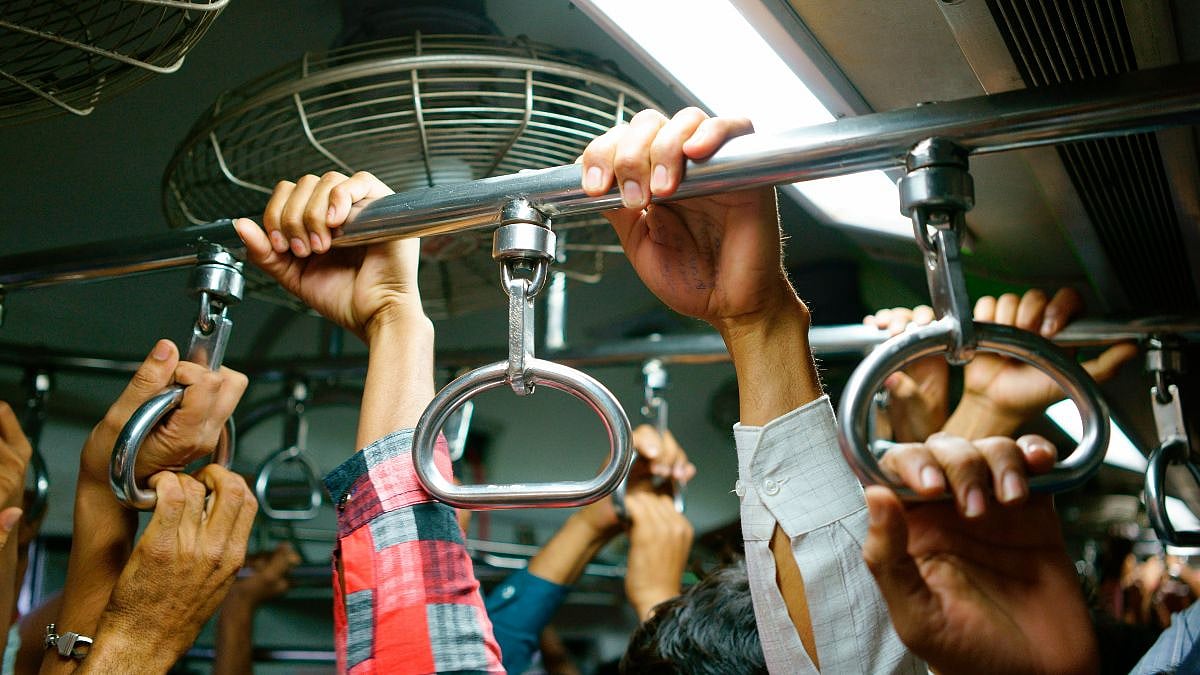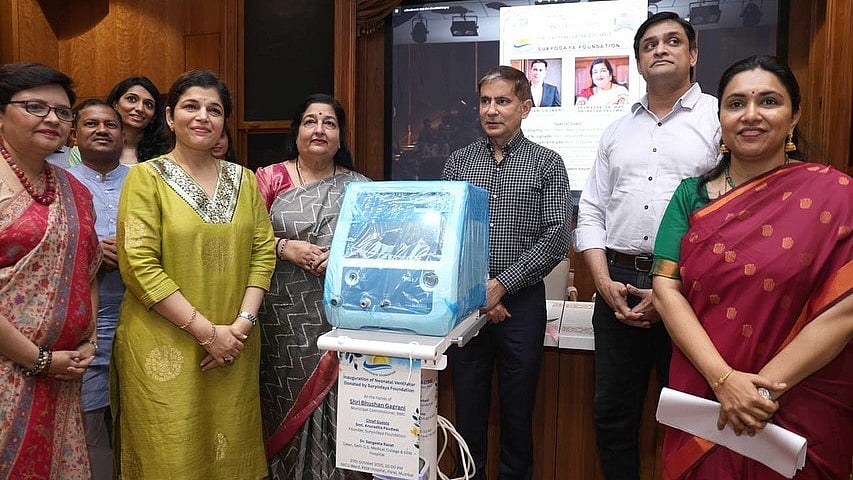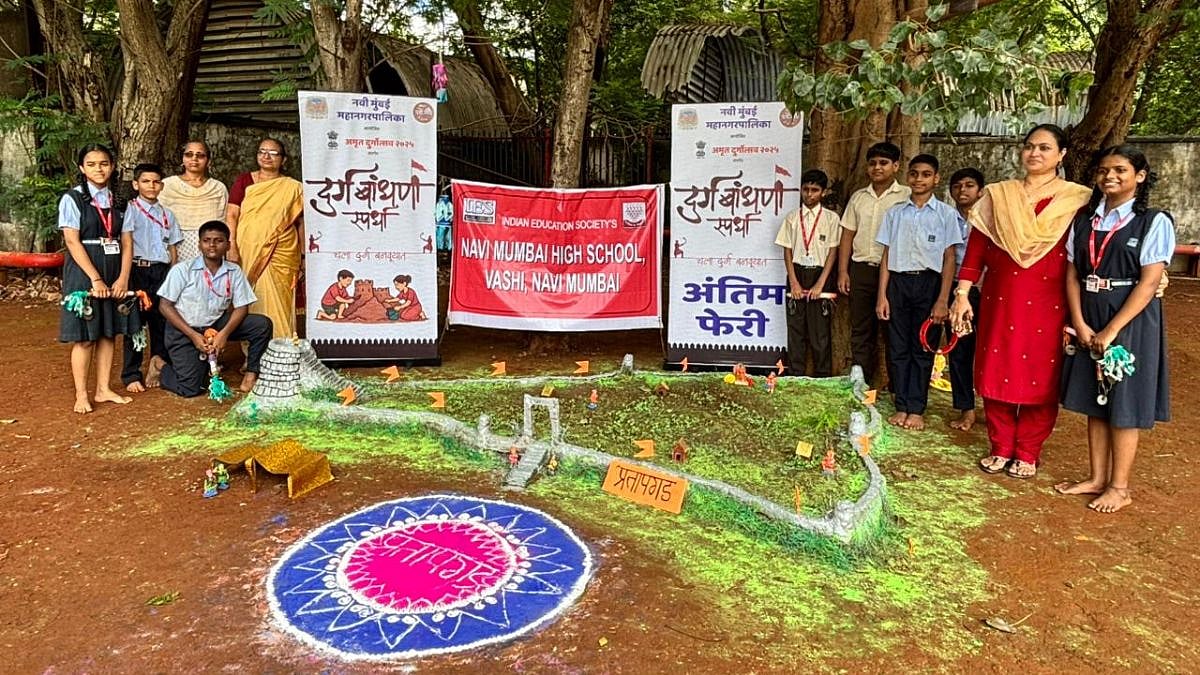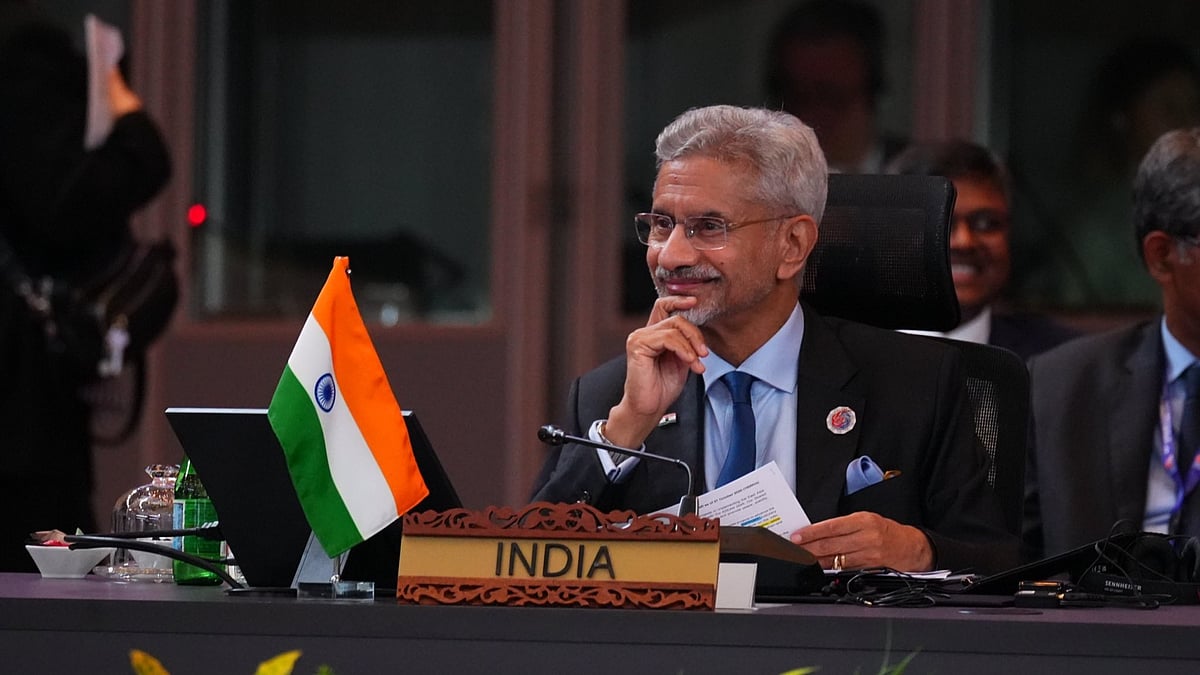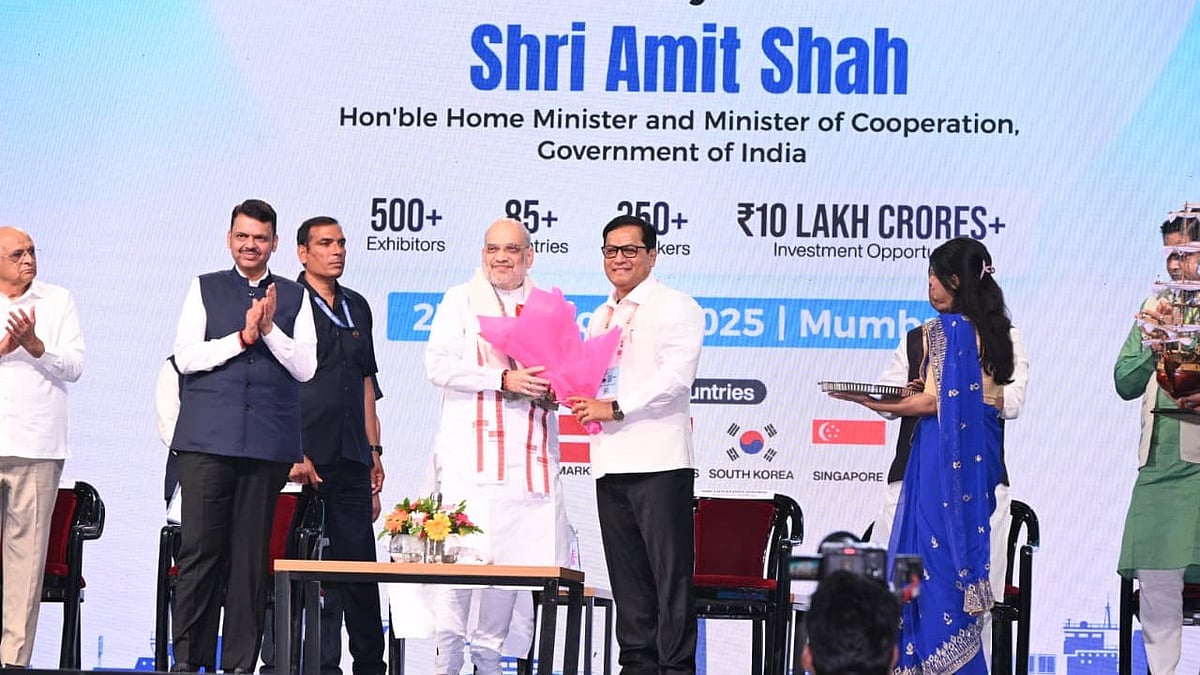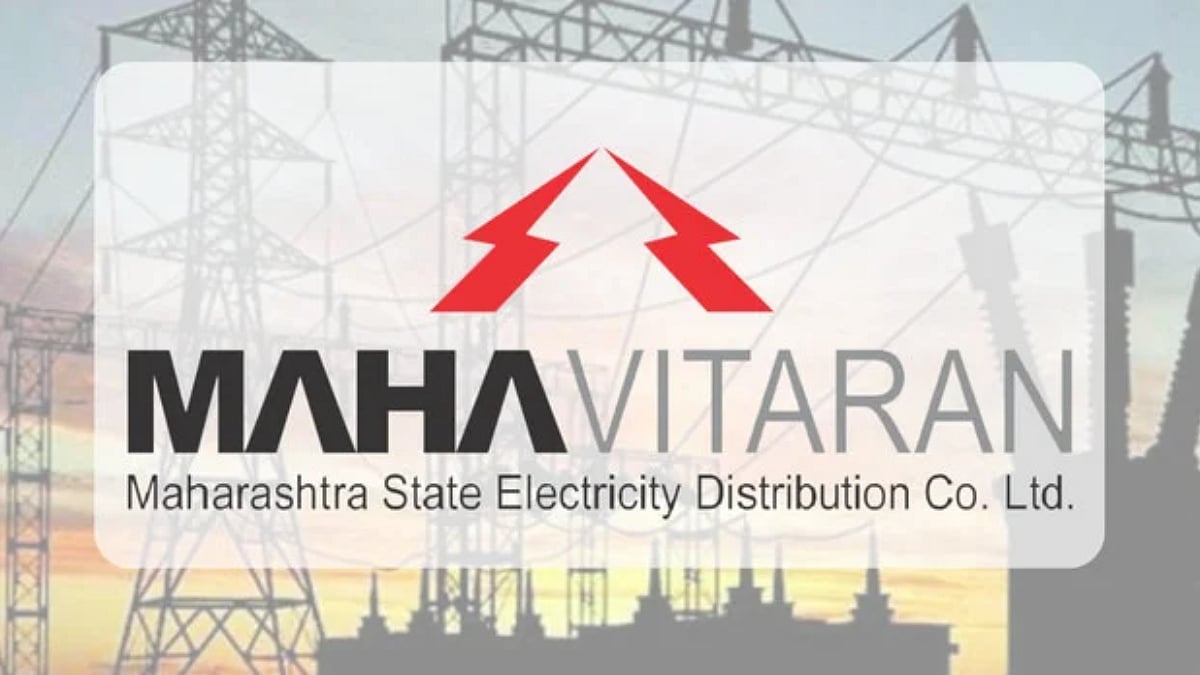Mumbai: Maharashtra's population is projected to reach 12.8 crore by March 2025, rising from 11.2 crore, as recorded in the 2011 census, as per the Economic Survey of Maharashtra. The state remains India's second most populous after Uttar Pradesh.
Working & Elderly Population On Rise
A major demographic shift is underway, with the share of the under-15 population decreasing from 26.7 per cent in 2011 to 19.6 per cent by 2026, largely due to a declining fertility rate. Meanwhile, both the working-age and elderly populations are increasing, according to a Times of India report citing the survey.
The elderly population, which stood at 10 per cent in 2011, is estimated to rise to 13.1 per cent in 2026, influenced by improved life expectancy. Notably, elderly women are projected to outnumber elderly men during this period.
The working-age group (15-59 years), vital for economic productivity, is expected to expand from 63.3 per cent in 2011 to 67.3 per cent by 2026, reaching approximately 8.7 crore individuals. In 2011, the working population accounted for 63.3 per cent of the total, supporting 36.7 per cent dependents—26.7 per cent children and 10 per cent senior citizens.

Working Group Population To See Major Rise In Next Decade
By 2036, the working group is predicted to constitute 66.2 per cent of the total, with the dependency ratio decreasing to 33.8 per cent—16.7 per cent children and 17.1 per cent elderly. This shift reflects a rising dependency on the working population, impacting social and economic planning.
Maharashtra ranks second in population and third in geographical area, while also being one of India's most urbanised states. The urban population has been steadily increasing compared to rural areas. In 2011, rural Maharashtra had nearly 6.2 crore residents, while urban areas housed around 5.1 crore.
However, projections for 2025 suggest the gap between rural and urban populations will narrow, with rural areas reaching 6.5 crore and urban regions growing to 6.3 crore. This urbanisation trend signifies a shift in living patterns, economic opportunities and infrastructural demands.
The survey data highlights Maharashtra's changing demographics, emphasizing the need for policies that address an aging population, evolving workforce dynamics and urban expansion. With a growing number of senior citizens and a decreasing child population, healthcare and social security will require greater focus.
Meanwhile, the increasing working-age population presents economic opportunities, but also the challenge of ensuring adequate employment and skill development. As urban areas expand, investments in infrastructure, housing and services will become crucial for sustainable development. These demographic shifts will shape Maharashtra's economic and social landscape in the coming years.
